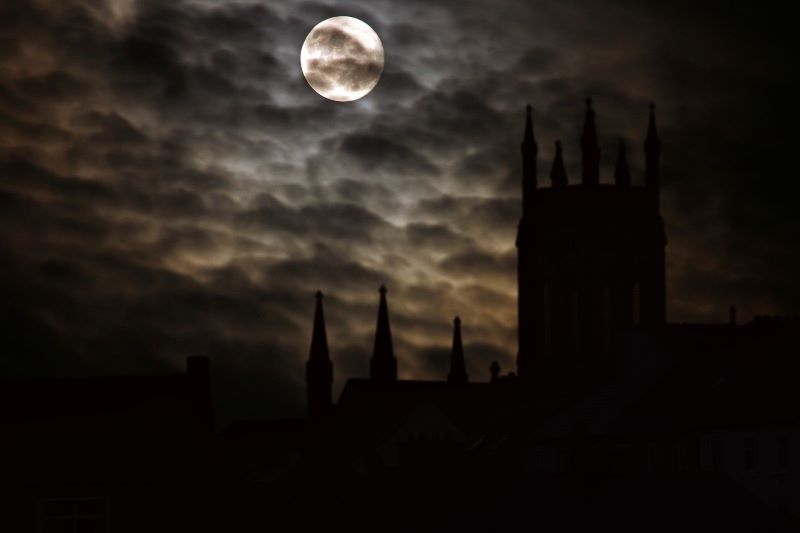
Gothic literature is one of my favourite things to teach: it’s exciting, it’s spooky, and it has had a pervasive impact on modern pop culture. As I write, The Vampire Diaries and Supernatural are into their eighth and twelfth seasons respectively, while Harry Potter, Miss Peregrine’s School for Peculiar Children and The Hunger Games, all with Gothic influences, rule the bestseller chart. What this means is that all students will have some prior knowledge of the Gothic – even if they aren’t aware of it yet.
It’s also an ideal fit for the key stage 3 curriculum – as there are both pre-1914 and contemporary examples – and the genre covers a range of historical periods. Furthermore, it creates an ideal basis for studying setting and characterisation, thanks to its familiar tropes, and provides an excellent basis for comparison. So too at key stage 4, where exam novels such as Mary Shelley’s Frankenstein have Gothic influences, and extracts from Gothic novels make for fun reading exam practice. As I said, Gothic is pervasive – it gets everywhere.
On that basis, the resource below is a tour through a haunted house of Gothic teaching. There are ten rooms altogether, leading students through a range of different activities. You might only wish to visit some rooms, perhaps just those fitting in with what you’re teaching now; perhaps you might visit them all. Just don’t look behind you …
(This article was first published on 05.12.16 as a newsletter.)
Download the Gothic teaching resource
Download Victoria Walker's scheme of learning and KS3 Gothic teaching pack

